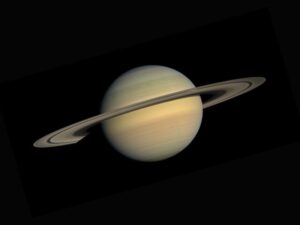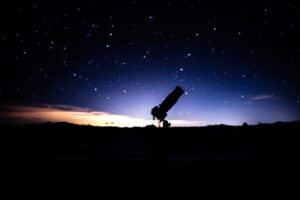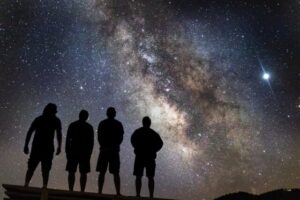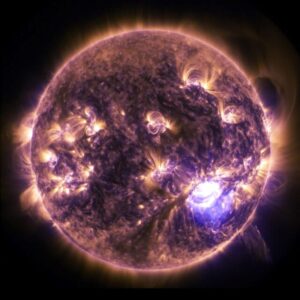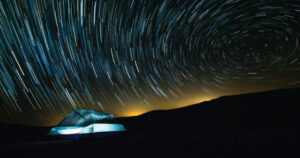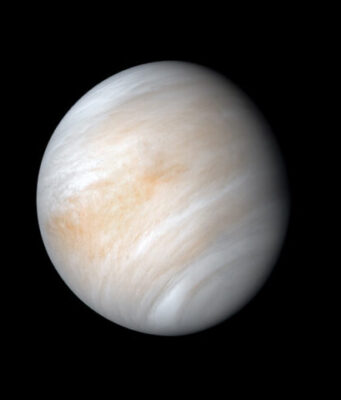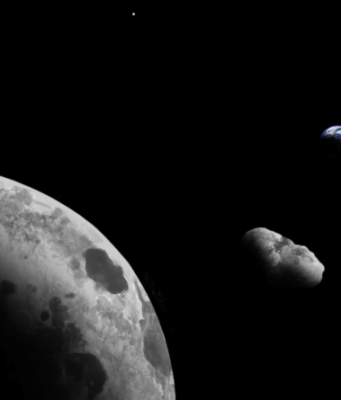2016 Mercury transit path. Transits provide a great opportunity to study the way planets and stars move in space -- information that has been used throughout the ages to better understand the solar system and which still helps scientists...
Always surrounded by an aura of mystery, the moon and its possible influence over human behavior has been object of ancestral fascination and mythical speculation for centuries. While the full moon cannot turn people into werewolves, some people do...
Mercury will cross the sun's face next Monday (May 9) in a rare "transit" that will be visible from most places on Earth, weather permitting. This astrological event occurs about 13 times every century. Its last trek taking place...
This is NGC 1332, a galaxy with a black hole at its center whose mass has been measured at high precision by ALMA.Credit: Carnegie-Irvine Galaxy Survey
It's about 660 million times as massive as our sun, and a cloud of...
On our star, the Sun, the sunspots are seen in a belt around the equator. Sunspots are cool areas caused by the strong magnetic fields where the flow of heat is slowed.Credit: NASA
A star like the Sun has an...
The RGB (Red Green Blue image) of the cluster. Red color shows optical radiation, Green shows Radio and Blue color shows X-rays emission.Credit: Chandra X-Ray Observatory
The discovery by a physics doctoral student at The University of Alabama in Huntsville...
A photo of Halley’s comet during its closest approach to the inner solar system in 1986. Credit NASA
The month-long event occurs until May 21, but spectators are expected to get the best view of the debris as it burns...
Comparison of morphologies formed by the flow of liquid water on Earth and on Mars.Credit: Marion Massé
At present, liquid water on Mars only exists in small quantities as a boiling liquid, and only during the warmest time of day...
This artist's impression shows an imagined view from the surface one of the three planets orbiting an ultracool dwarf star just 40 light-years from Earth that were discovered using the TRAPPIST telescope at ESO's La Silla Observatory. These worlds...
This striking NASA/ESA Hubble Space Telescope image captures the galaxy UGC 477, located just over 110 million light-years away in the constellation of Pisces (The Fish).
UGC 477 is a low surface brightness (LSB) galaxy. First proposed in 1976 by...
A dying star ends its life in a cataclysmic explosion, shooting the majority of the star's material, primarily new chemical elements created during the explosion, out into space.
One or more such supernovae appear to have occurred close to our...



